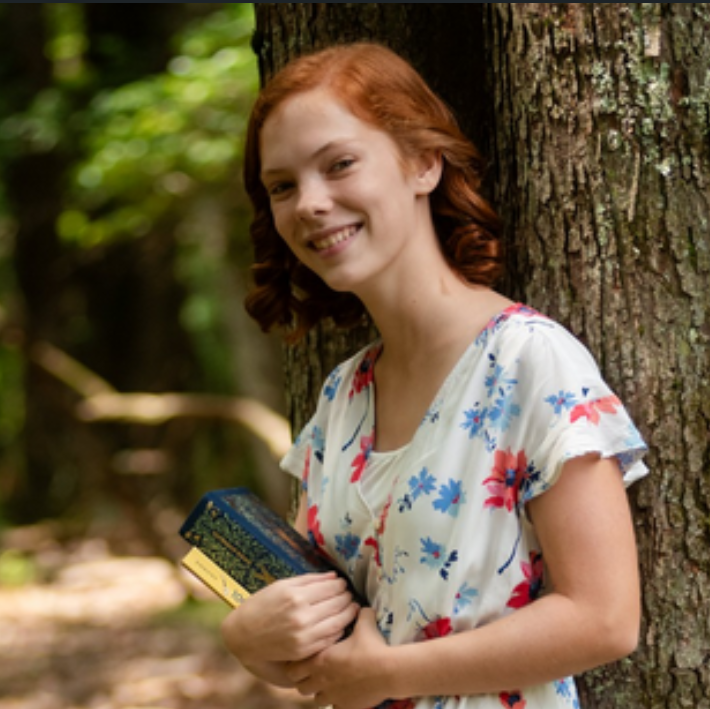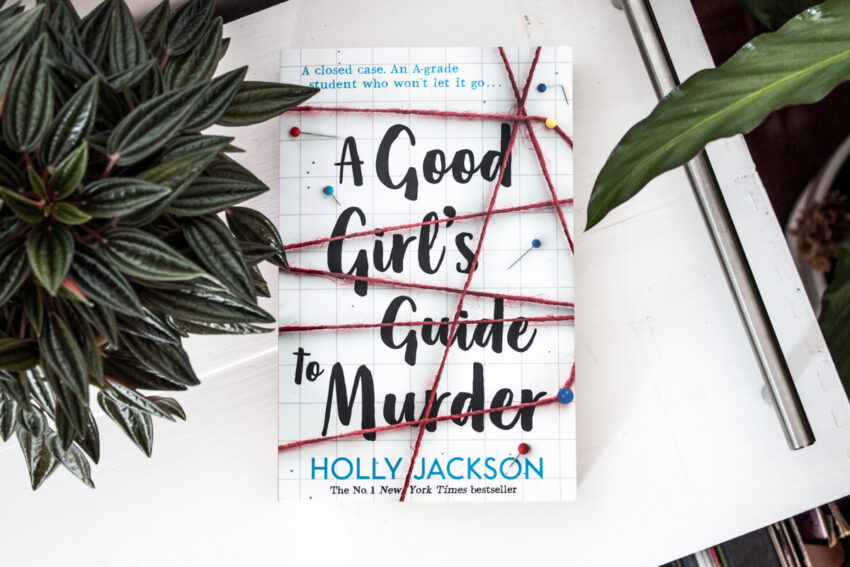Mysteries can be some of the hardest books to write. Between convoluted plots, contrived resolutions, and painfully obvious clues that only lead to one individual, there are a lot of common pitfalls that are insanely easy to fall into as a writer.
But that doesn’t mean they are inevitable.
This summer I read the mystery-novel-turned-television-drama A Good Girl’s Guide to Murder. And while there are some serious immoral elements and politicized dialogue, on the whole I was pleasantly surprised by how-page turning the mystery was.
The author managed to strike a balance between being so obvious the perpetrator was clear from the beginning and being so obscure that the entire plot was convoluted and confusing.
So today we’re breaking down this 400-page mystery into a simple technique that can help you strike that balance yourself — whether your mystery is just a subtle subplot or encompasses the entire span of your novel.
A Good Girl’s Guide to Murder
Pippa is a high school senior in a small town overshadowed by a long-closed murder case. Although there was no trial, for five years her entire town has been convinced that Sal Sigh killed his girlfriend Andie, before admitting to the act over text and committing suicide.
But Pippa believes there is more to the story.
She knew Sal before he died and is convinced he would never intentionally harm anyone — let alone his girlfriend. So when she’s offered the opportunity, she jumps at the chance to prove his innocence and perhaps even bring the real murderer to justice along the way.
The result is a twisting, complicated mystery that ties together the lives of not only Sal, Andie, and their friends, but even Pippa’s own life and family. As the web becomes more and more tangled, for the majority of the novel it’s not clear who killed Andie or even who the author wants you to believe killed her. And that element is a big part of why the mystery worked.
Why the Mystery Worked
Mystery writers have to walk a tightrope between giving so much away that the ending is obvious and hiding so much that it seems nothing happens until the end. On the one end of the spectrum, the protagonist follows a set of footprints with her magnifying glass, only to find out the person she was convinced was the perpetrator for the entire book isn’t after all! On the other hand, the main character is bombarded with so much confusing and seemingly conflicting evidence that every other page it seems a new person is implicated and could be a perpetrator. The reader is tossed between so many opinions that they can’t keep up and feel like they’re at the mercy of the author, rather than investigating a mystery alongside the protagonist.
But both of these pitfalls can be avoided with the right technique.
So rather than using every bit of evidence to point to a particular person — whether it’s a red herring or not — keep the clues more subtle.
The reality is that most real-life mysteries don’t start off with a clear set of footprints leading off in one direction. The clues are much more hidden and subtle — inconsistent text messages, a photo that shouldn’t be there, or two testimonies that don’t quite add up.
A great example of this is the timing of when Sal’s friends confessed to lying for him. Initially, they gave him an alibi by insisting to the police that he was over for a party during the night of the murder. Later in the day, however, they circle back and say that Sal asked them to lie to protect himself. They claim that in reality, Sal left their house early in the evening, with ample time for him to be the perpetrator.
Pippa immediately notices something is off — why would they lie for him and then risk their own credibility by circling back? Without evidence to prove the contrary, why wouldn’t they want to protect their friend? What scared them into walking back their earlier statements?
This piece of evidence didn’t directly implicate or clear anyone. It had nothing directly to do with whether or not Sal killed Andie, at least on its face. And yet later it becomes a crucial detail that fills in the puzzle pieces of what happened the night that Andie died.
While these are a lot harder to come up with than clear death threats that could only come from one person or someone acting suspicious around the scene of the crime, they are not only more realistic, but also serve your story.
All writers have to walk the balance between writing a mystery so obvious that anyone can tell whodunnit and creating one that’s so ambiguous that the ending feels out of nowhere. This tension can easily be resolved by setting up clues that — rather than seeming to indict or clear a certain individual — instead add another piece to the puzzle that seems just slightly off. That simple shift in your perspective will not only create a plot that is more mysterious and compelling, but also generate a more satisfying resolution for your mystery.



Let us know:
What mysteries are YOUR favorite? Did they use the technique we outlined above?


Hi! My name is Mara, and I’m a Christian artist, violinist, and blogger. I remember the day that I decided that I would learn something new about what makes a good story from every book I picked up — whether it was good, bad, or a mixture of both. I use this blog as a way of sharing some of the tips and tricks I’ve learned, and highlight which books, cartoons, and movies have taught me the most about writing an awesome story.

